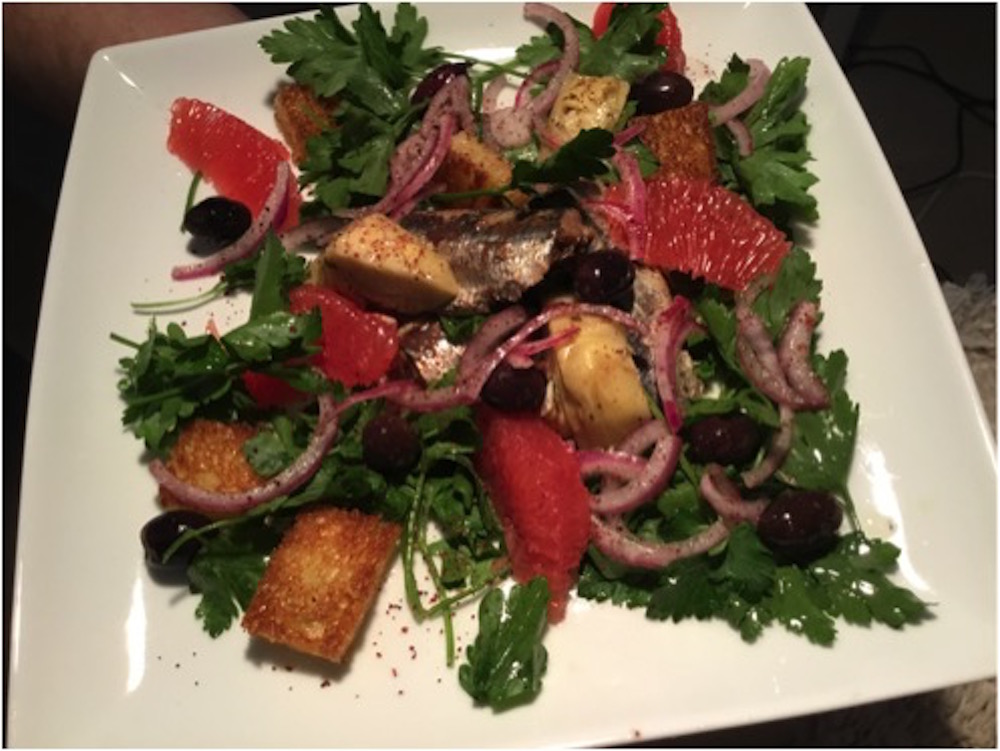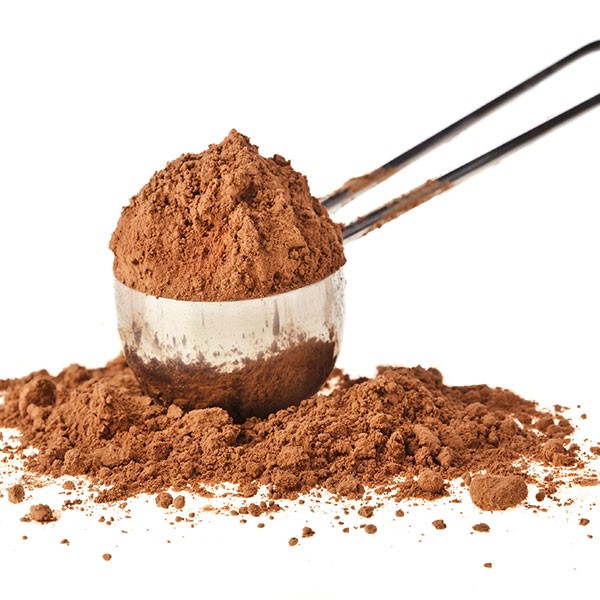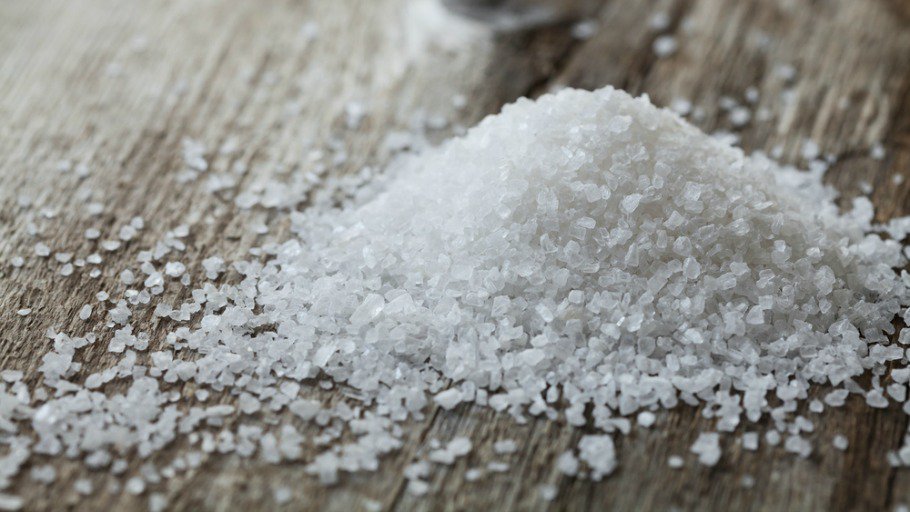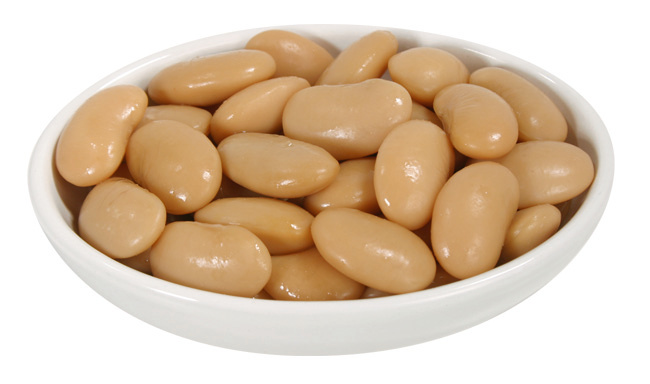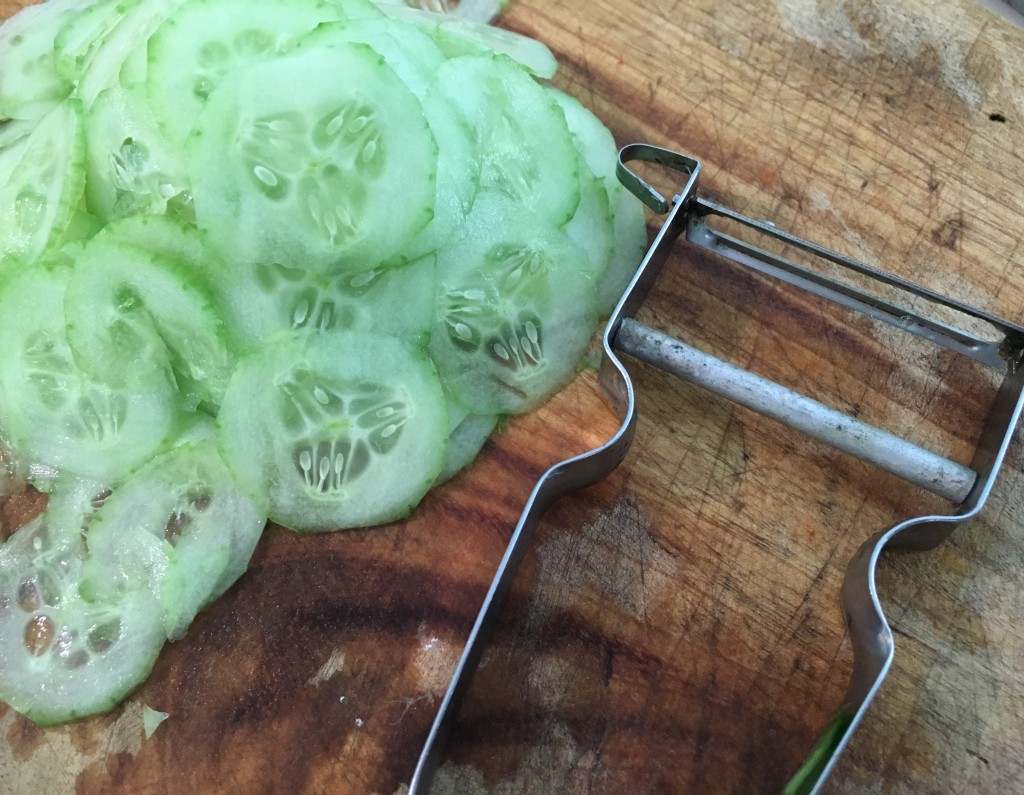The post Art Piece’s 30 x 30 reaches 10, with 2 joint winners… appeared first on .
]]>Hundreds of artists and friends packed the gallery and waited for the announcement of the winners. Judges Susi Muddiman OAM and artist Amanda Penrose Hart, winner of the 2017 Gallipoli art prize had considered all 230 pieces and after much deliberation decided to equally divide the First Prize between two artists.
Joint First Prize
Vanessa Stockard
Pleasure and Pain
acrylic on board
30 x 30 cm(framed)
Joint First Prize
Kat Shapiro Wood
Hover
encaustic on board
30 x 30 cm
Other awards
Finalists’ Exhibition 24th November 2017 – 22 January 2018
The post Art Piece’s 30 x 30 reaches 10, with 2 joint winners… appeared first on .
]]>The post A Little Bit of Arty Mullum Magic appeared first on .
]]>The Depot (previously the Telstra depot) has just been given an inside face lift and a new lease of life…opening its doors to the public as a space to rent and share with Keramika –Tali Cohen-Flantz’s ceramic studio and gallery– and Still @ the centre, Byron’s centre for the Arts, branching out there Mullum-style in the cutest little art store ever.
In the Depot’s common space Tali will be offering ceramic classes for adults and younger happy hands, while Still @ the centre will hold art materials demos and workshops…but that space could also be yours.
If you have an interest in a lovely, clean and light filled large room with all the conveniences (+ outdoor seating) in which to carry out your classes/workshops/meetings with parking in the centre of Mullumbimby, please get in contact soon with Tali for more information (phone: 04 03 663 284 / email: [email protected])
3 Centennial circuit | Arts & Industry Estate | Byron Bay
Monday to Friday 9.30am to 5.30pm
Saturday 9.30am to 3.30pm
Enquiries 02 6685 5808 www.the-centre.com.au
<https://www.the-centre.com.au/>
The post A Little Bit of Arty Mullum Magic appeared first on .
]]>The post Sardines, sumac and a slightly soused salad… appeared first on .
]]>It might seem a little strange to use parsley as the primary ingredient, almost, in fact, the be-all and end-all of the plate I’ve chosen for this month’s recipe, but this salad’s precedent, tabouleh, is probably the most commonly known of all middle eastern salads, so I reckon it’s in good company.
Verdant leaf, the jewel glint of ruby grapefruit, sumac soused red onion, the salt sea punch of sardine and the lingering sweetness of artichoke – perfect fare for summer’s end (I am in acheter viagra Europe) or summer’s start, new love (in my case) or old love mingling with the sunshine. I know because we ate this, having been living on amour and eau fraiche for a week, my love and I.
Ingredients
50 g flat leafed parsley
10 quarters of artichoke in oil
2 thick slices ciabatta, trimmed and cut into cubes
1 dozen black olives
1/4 red onion finely sliced soused in: 2tsp white balsamic or other sweet vinegar, pinch sea salt, very finely minced garlic clove, teaspoon or so of Sumac
4 walnuts halved, finely sliced
1 ruby red grapefruit
4 – 6 sardines
To serve:
Olive oil
White Balsamic or lime juice
Extra sumac
Method
Allow a handful each (about 50 grams in total) of flat leafed parsley – washed, shaken dry, and the toughest stalk snapped off.
Remove peel from a ruby red grapefruit and use a small, sharp pointed knife to fillet into segments, discarding pith and skin.
Allow to each 4 or 5 artichoke quarters, a half dozen olives, 4 walnut halves, finely sliced(too joyfully distracted for the photograph to remember them), a quarter of a red onion, sliced superfine and a couple slices of ciabatta bread, trimmed of crusts and cut into cubes to fry to golden brown in two tablespoons of hot olive oil.
My sardines were tinned – I don’t have the luxury of the Byron Bay or Ballina fish shops where you – lucky you – can find fresh sardines to lightly fry or throw on the barbie. Two to three per person makes light of your Omega 3 requirements and will make you live as long as a Sicilian.
Assemble the ingredients loosely onto a plate, douse with olive oil and a little balsamic and share.
Warning: the oily fish, the artichokes, the copious fruit and veg make up the legendary mediterranean diet and are by all accounts – including this one – aphrodisiacs. So careful who you serve this to. And when. And where.
Nadine Abensur is the director of the Mullumbimby Art Piece Gallery
The post Sardines, sumac and a slightly soused salad… appeared first on .
]]>The post Time and Tide – Robyn Sweaney shortlisted for the Wynne appeared first on .
]]>The Wynne Prize is awarded annually for ‘the best landscape painting of Australian scenery in oils or watercolours or for the best example of figure sculpture by Australian artists’.
This open competition is judged by the trustees of the Art Gallery of NSW. Finalists are displayed in an exhibition at the Gallery (although in the early years all entrants were hung). Many winning paintings have become icons in Australian landscape art, entering the collections of public galleries, including our own.
The prize was established following a bequest by Richard Wynne, who died in 1895, and first awarded in 1897, in honour of the official opening of the Gallery at its present site.
The Archibald, Wynne and Sulman Prize finalists and winners are on show at the Art Gallery of New South Wales until October 2, 2017.
The post Time and Tide – Robyn Sweaney shortlisted for the Wynne appeared first on .
]]>The post Summer Fluff and Brownie Points appeared first on .
]]>Dear Reader
I’m in Richmond upon Thames, meandering through childhood streets, taking it all very easy, I must say, so allow me please to meander my way into this recipe. You know how I like to prattle on. It’s therapeutic.
I don’t suppose London is the obvious choice for a health kick but here I am moments from the river, surrounded by parkland and it feels like holiday paradise to me. I’m here to visit family and friends and to help clear out my mother’s apartment. In fact, much has already gone, most of the kitchen paraphernalia for a start. So writing a recipe for this column poses challenges. No scales, no measuring jug, spoons, cups.
This wouldn’t bother me in the least but it’s you I worry about.
Still, between us, we’ll get there. I’ll improvise, I’ll talk you through, you’ll hazard a guess, follow your instincts. Here is a recipe as easy as these summer days are long. It’s 9.00 pm and the sun is high. I never would have guessed the visceral pull of this place, nor the depth of the space occupied by its people, but year in, year out, the pull is stronger, the old friendships deeper, more poignant, joyous.
Anyway, coming back to the health bit: I’ve resolved to use these weeks to spend more time on the things that usually bookend work – ballet/ballet barre classes almost every day – bliss – there are dance studios everywhere. I’ve even had classes at Ballet Rambert – can you imagine! And I’m walking, walking, walking. All of this calls for a slightly modified approach to eating because, I can tell you, the temptations are nefarious and many. The much discussed collapse of retail is startlingly evident here. Shop after shop (most of my favourite haunts) have moved or closed down. And in their place – and I can hardly believe the extent of it – are huge eateries. I can’t call them restaurants. Acres of large bakeries and patisseries, all with a continental origin – French (of course), Italian or Danish. Now, I have my food foibles and there are a good many things I avoid but I am no zealot when it comes to exclusions of the culinary kind. If the health obsession of Byron Bay can make me more than a little wilful, the excess here is nudging me to a wholesome place I’ve been known to deride.
Hence these “brownies”. I came across them sometime ago, sitting – at the hairdresser’s I think – long enough to get the gist, not long enough to take precise notes, so these are made up and not bad at all, you’ll see.
In the normal scheme of things, I prefer to go cakeless than settle for an ersatz variety but seeing as sweet potatoes are one of my staples, the idea of turning them into pud appealed, so here goes:
Ingredients
4 large sweet potatoes
Jar of crunchy peanut butter
8 tblspns organic cocoa
8 tblspns maple syrup (or more to taste)
1 tspn sea salt
A hanful of chopped toasted walnuts (if you have them)
Cupful of dark chocolate chips (optional)
Method
Take the large sweet potatoes, the pink fleshed variety. Since I can’t weigh them, let me say that they are each about 15 cm long, 5 finger thick wide. Bake them for 35 – 40 minutes at 200 C till the flesh gives way to the touch. Peel off the skins which will come away at the gentlest pull.
Mash the potatoes in a large bowl, till fluffy. Add a whole jar (yup, a whole jar) of crunchy, peanut butter. Mine weighed 340g. Stir through voluptuously. Now add about eight tablespoons of the best, organic cocoa you can lay your hands on. Again, if you’re going to go for chocolate, go for it. Don’t skimp. I’d rather eat a small piece of something that actually does what it sets out to do, then be left hankering, chasing for flavour, satisfaction. Having said that, taste, adjust to your palate. Then pour in the maple syrup – what shall we say? Eight tablespoons? That should do it! Taste and see. You may want less. Or more. Then, because I’m a fashion victim and I doubt that anyone can resist the all rounded appeal of salt and sweet, scrunch in some sea salt.
Now, I didn’t have them but if I had, I’d have added a handful of gently toasted walnuts and – don’t tell anyone – probably a handful of dark chocolate chips too. So do me a favour. Try that for me and let me know how it goes.
Either way, line a deep, flat tray (iPad size, not much bigger) with baking parchment, lightly brushed with oil. Spread the fluffy, nutty, chocalaty mix over and bake for 35 – 40 minutes at 180C. This will have the effect of forming a crust on top, while leaving the insides, soft and moist, characteristics which qualify these for browniedom.
Allow to cool in the tin (although a little warmth is always appealing in a brownie, don’t you think?).
Then if you imagine I’ve gone the whole dairy free, sugar free, grain free hog, think again. I ate mine with a dollop of lactose free yoghurt. But that’s another story.
A word of advice: cut into 16 pieces. That’s all I’m saying.
Lots of love xxx
Nadine…
Nadine Abensur is the owner of Art Piece Gallery in Mullumbimby: artpiecegallery
The post Summer Fluff and Brownie Points appeared first on .
]]>The post Discovering the Joy of Living through a journey with cancer appeared first on .
]]>My life changed drastically the day my ear nose and throat doctor informed me that what I naively thought was just something caught in my throat, was actually a cancerous throat tumour. Immediate surgery was the next step and “perhaps that may solve the problem”. The very word cancer is enough to send a chill up anyone’s spine, let alone when it comes in a medical diagnosis.
The burning question for me was: what next? Would surgery solve the problem or was this the start of interminable medical treatments?
Surgery did not remove all the cancer cells, and to top it off a biopsy of my thyroid also showed signs of cancer and would have to come out. Good grief, more surgery! Then following that, I faced the daunting prospect of radiotherapy, or even chemotherapy, to kill those recalcitrant cells.
The big dilemma – would I go mainstream or alternative? More lost sleep, and a decision only I could make. One thing I knew intuitively was that I would survive the ordeal – somehow. My ticket to the afterlife would not be stamped just yet.
Over the years I had chosen the holistic approach, preferring alternative procedures when health problems arose. Of course there are times when we all need to visit a doctor, and take prescription medicines. Now with my thyroid gone I faced a lifetime of taking Thyroxine tablets to provide the hormone not being naturally generated by my body.
As a general rule I prefer treatments like acupuncture, osteopathy, bush flower essences, natural medicine and spiritual healing. So I was faced with the biggest health decision of my life.
During deep meditation I received explicit instructions from my master guide whose wisdom has played an invaluable role in my life. Spirit wanted me to combine mainstream and alternative therapy and afterwards write a book about my experience. The story would help alleviate fear and inspire people to take a positive role in their healing.
My decision made, I agreed to radiotherapy, following my guide’s recommendation. I refused chemotherapy. I could then open myself up to the full range of holistic solutions and trust that my footsteps would be led in the right direction. They were.
My family was surprised, fearing that I would reject mainstream medicine, and end up as another disastrous statistic.
Synchronistically, one-by- one, a variety of therapeutic support options dropped into my lap. A healer friend offered regular energy clearing to offset the effects of radiotherapy; a very talented hypnotherapist guest from my radio program , RadioOutThere, prepared me for the thirty five hospital treatments I was facing, and I was loaned a crystal bed from John of God’s healing centre in Brazil, which I had visited in 2008.
Since being introduced to the rune stones over 25 years ago I have found them an invaluable way of tapping into my inner wisdom. Each message I received from the runes during the course of my treatment proved uncannily accurate. They clarified some of my inner turmoil and helped me understand what was happening at the time.
My friends and family gave me widespread support. My partner Anne who co-wrote ‘The Joy of Living’ from her perspective, was a vital and loving part of my journey. My son Matt provided me with the backup I needed most in the early stages. Matt has written his thoughts in The Joy of Living about the way events unfolded. I also appreciated a local congregation praying for my wellbeing, even though they didn’t know me.
When I anxiously started radiotherapy, fortunately I was emotionally and spiritually prepared. The specialist radiation staff at Royal Brisbane and Women’s Hospital was caring and supportive throughout the whole process.
Yes, I did face challenging times, but combining mainstream and holistic practices worked exceptionally well for me, and four years down the track I am still cancer free. Looking back, my life has changed in ways I wouldn’t have expected, and I’m a better person for the whole experience.
I believe it’s important to take some personal responsibility in challenging times like this. To collapse into fear is not the answer, nor is it always enough to simply expect one form of therapy to provide all the answers.
Barry Eaton is the author of The Joy of Living: Postponing the Afterlife (Rockpool Publishing $27.99), now available where all good books are sold and online at www.rockpoolpublishing.com.au
The post Discovering the Joy of Living through a journey with cancer appeared first on .
]]>The post Soup or salad season? Depends if you’re a local… appeared first on .
]]>If you needed a way of telling the tourists from the locals, it would be to observe their dress code. The locals are wearing jackets and the tourists are still in shorts and spaghetti strap dresses. To them, it’s hot, while those of us who have been willing winter, or at least some drop in temperature, for weeks, can pretend it’s cold. Cold enough for soup even. This one is so easy, it’s almost embarrassing but I know it’s a keeper and I’ll tell you why. When I first came to Australia, I was a columnist for Delicious Magazine and this soup or a version of it was one of my early recipes. To this day, fifteen years later, people still tell me that it’s a recipe they cut out of the magazine and refer to. I guess because it’s soup at its most basic, homely, economical, warming and comforting.
I made a pot of it three nights ago, in the spirit of one feeding a family, except it’s just me, myself and I, so I’ve eaten it, pretty much breakfast, lunch and dinner since. Not complaining. It ages well.
I know it’s tempting to think of a vegetable soup like this as a place to throw in whatever’s at hand but I’m going to ask you to indulge me and make it just as I tell you, at least once. The balance of the recipe rights much that needs to be righted. There are no nightshades, no brassicas, no fungi and no cruciferous vegetables. Everything in it is calming to the senses, and easy in the belly.
This, by the way, serves 4 – 6 depending on your appetite, whether it’s the whole meal or only a part of a meal.
Method
Take two large carrots, peeled, a medium sized sweet potato, peeled, a bulb of fennel, round bottomed and firm (discard any wrinkled parts), the inner heart of a whole celery, (things get a little confusing here, so just to explain – the heart is the paler, younger looking part of celery, the whole of which is called a head and divides into individual ribs – got that?) So you need about four ribs of celery; two leeks, dark green tops discarded or set aside to make stock (the young boy who served me was genuinely excited “hardly anybody ever buys these,” he said) and pretty much a whole head of garlic, 5–6 cloves anyway, a tablespoon or two of olive oil, a litre of chicken stock, shop bought or home made (vegetable stock if you must), a can of butter beans (Fagioli Bianchi Di Spagna – doesn’t that sound a whole lot more exciting?) including its liquid, a hunk of aged Parmesan and handfuls of the fennel fronds and celery leaves of which you should have plenty, plus parsley from the market or your garden. Then salt and pepper and that’s it. No fuggy herbs please, that is no thyme, rosemary or sage, all too potent for this gentle soup.
Chop the carrots, not too small, not too big, the size of dice is good, same with the sweet potato and fennel. You can chop the celery and leeks a child’s finger thick. Peel the garlic cloves. Leave them whole.

Fennel bulb – delivers a delicious aroma to this cialisfrance24.com comforting soup.
Heat the olive oil in a heavy bottomed pan and add in the vegetables, first the carrots, then the rest, in no particular order, including the whole garlic cloves. Sautee for a couple of minutes – just long enough to release aroma and flavour. Cover with the stock, season with sea salt and black pepper, cover with a lid, bring to the boil, then reduce to a medium heat and let it do its thing for roughly 15 minutes, not more. (Add the can of beans towards the end). You’ll know dinner is ready because the whole kitchen will have filled with sweet notes rising on the steam and you’ll know because there will come a point when you’ll think you can’t wait another moment; your glands will start to salivate and your hunger will turn ravenous and you’ll have a deep, visceral knowledge of how good the simple things of life are. By now the vegetables will be tender but intact, and the garlic will yield soft to the tongue.
Ladle the soup into large bowls (the ones in the picture are by Greg Furney and they are beautiful. You can find them at artpiecegallery.com.au/ Art Piece gallery, (which is a plug for which I make no apology). Garnish each with a fistful of the chopped fronds and leaves, a small mound of finely grated Parmesan, a little black pepper and if you like, a slick of olive oil. Serve at once. The French part of me wants to say with warm bread, sourdough of course, butter for those who want it. And that’s it. Tell me what you think. Or just print and save.
When Nadine Abensur isn’t cooking you will find her at Art Piece Gallery in Mullumbimby artpiecegallery.com.au/
The post Soup or salad season? Depends if you’re a local… appeared first on .
]]>The post Asian Steamed Fish with Caramel Sauce appeared first on .
]]>I sometimes think that my success in the kitchen owes much to my laziness. I like food that punches above its weight. To meet the criteria, my recipes need to be childishly easy to execute and deliver laughingly good sensual pleasure.
Asian food achieves this with grace. I think it’s the sugar that does it. But it also leaves me with a niggling doubt – really? All that sugar? In a main course? But there’s no denying the fully rounded zing of sweet and sour, saltiness, heat, pungency. And read to the end…..
I’ll leave up to you whether you accompany this delicate fish with the customary rice or do as I do and fill up on extra veggies (quite enough carbs with all that sugar, no?)
Ingredients
4 skinless white fish fillets (such as snapper, blue eyed cod or cobia) 180 – 200g each
1 cup fish broth or stock
1 cup rice wine or ordinary white wine
Sea salt and freshly ground pepper
Dash soy sauce
5 spring onions, sliced on the slant
1 fat knob ginger, peeled, grated and squeezed to extract juices
2 tbsp soy sauce
3 tbsp peanut oil (in its absence, I used the more delicate, more expensive and more delicious almond oil)
1 punnet best possible cherry tomatoes
2 bunches asparagus, so fresh their snap is audible, cut in half, slit longitudinally, woody ends discarded
3 cloves garlic, finely planed
1 red chilli, scraped of seeds and chopped to a confetti
For the caramel sauce
2 tbsp palm or ordinary brown sugar
2 tbsp reconstituted Tamarind or juice of 1 lime
1 small bunch coriander
Cooked white rice, for serving, optional
Instructions
Rinse the fish under cold water and pat dry, then rub with a teaspoon of salt and a goodly scrunch of black pepper – there’s no getting away from the full blown physicality of the kitchen – squeamishness begone. I am convinced that a barehanded approach to cooking adds nuance and magic and chi. So don’t believe recipes that say ‘sprinkle with salt’. They’re out of touch. Literally.
Scouring my kitchen cupboards for a suitable plate in which to arrange my fillets of fish, I settled on the cross-cultural, bottom half of an earthenware tagine. It has the right resilience to heat, the perfect depth and fits just-so into my large Asian bamboo steamer. Another aside: if you don’t have said steamer, hot foot it to Red Ginger in Byron Bay and get one. You’ll not regret viagra sans ordonnance it. I digress I know but it’s important to paint a picture here, to set you in the mood, to make this cooking malarkey more than chore and fodder. I want you to come to the kitchen with a sense of adventure, creative zeal, even if – especially if – cooking is another of life’s relentless demands. A big bamboo steamer in your kitchen battery opens doors.
Well, now that I’ve got that off my chest, let’s get back to the task at hand.
Pour the stock and wine into the tagine (or whatever pie plate or shallow bowl you have come up with) as well as half the finely sliced garlic, half the spring onions, half the ginger and half the soya sauce. Arrange the four fillets in a single layer. Top with the remaining spring onion, tomato halves, asparagus spears, garlic, ginger, half the coriander and let sit while you fill a wok, a third of the way up with water; bring to a boil.
Now put a large steamer in the wok (the water should not touch the bottom of the steamer). Set the tagine/pie plate/shallow bowl in the steamer, cover and steam until the fish is cooked through, 15 to 20 minutes, the tomato begins to collapse, to inform the juices with its colour and acidity but the asparagus retains snap and lively green.
While the fish gathers heat and the flesh cooks and softens, you’ll have plenty of time to heat the peanut (or almond) oil in a small skillet over medium-high heat. Add the remaining ginger, the garlic, palm or brown sugar, remaining tablespoon of soya sauce, two tablespoons of rice or white wine, pinch of salt and juice of a lime (or tamarind paste), and reduce to a rich bubble for 30 seconds(that’s all it takes for this remarkable transformation). Remove from heat.
And now it’s suppertime!
Ladle a quarter of the collected juices, somewhat reduced by now, into four deep, warmed plates and slide in the fish and its companion tomatoes, asparagus, spring onion. Bring the caramelised sauce back to the boil if necessary and drizzle over, finishing with more coriander and the chilli confetti. Serve at once.
And here’s the final surprise – when a main course has ticked all the sensory boxes like this, there’s no need for pud. The true reason behind the limited desert repertoire of the Asian kitchen.
The post Asian Steamed Fish with Caramel Sauce appeared first on .
]]>The post Nadine Abensur’s superb salmon summer salad appeared first on .
]]>Some enjoy the pairing of fruit with savoury, some don’t. In Jeanette Winterson’s latest, Christmas Days, Winterson goes so far as to title one of the chapters: ‘No more fruit in main courses’. I understand the sentiment. She describes Mrs Winterson’s curry, tinned fruit and crystallised ginger, its “exotic” additions. It’s a nauseating note in a book which is otherwise as warm and comforting as an oversized cardigan. She makes you feel that any dream, any flight of fancy, any wicked thought you may have, is just part of the fabulously fashioned cloth of your life – part thread, part breath.
So I think I’ll dedicate this recipe to her and to any of you who are of a similar disposition.
To bring it all home; this week we celebrated Australia Day and whatever else may be said about that, it is my 10th Anniversary as an Australian citizen and so, here goes – my Australia Day Salad of Passionfruit, Cured Salmon, Avocado, Peach and Black Sesame.
First, there’s a passionfruit vine in my garden (grown from a seedling, rather nonchalantly stuck in the ground two years ago and woefully ignored) which now garlands itself around and around the pool. It’s laden with yellow fruit, each bigger than a tennis ball. Then there is a grape vine, also neglected and mostly abandoned to the birds but I’m determined to share the spoils.
I’d planned mango in the salad but the bright skins however, hid pallid, insipid flesh. The peaches on the other hand were amber rich, juices thick as syrup. The avocado yielded just so to gentle touch. Salmon came with a back-story but its provenance is as good as I can manage. There are black sesame seeds in a jar – the recipe composes itself.
You’ll need 6 humongous passionfruit, or equivalent
A handful of grapes
3 mid-section fillets of salmon, skin removed
3 perfect peaches
1 avocado, pristine, yet yielding
2 baby gem lettuces (or, if you are lucky, watercress)
2 baby cucumbers, peeled (optional)
5 tablespoons of lightish olive or macadamia oil, more if necessary
1 red chilli
2 cloves garlic
A dash of Tamari or light soy sauce
A tablespoon of Brandy
Or
A tablespoon of white vinegar (see recipe for more on the subject)
A small knob of ginger
A tablespoon of black sesame seeds
A handful of coriander
You may approach this as systematically and slowly as you please, because I’m telling you from the get go that the final assemblage will happen at speed, on high heat. Be prepared.
First, peel the cucumbers and with the same peeler, slice them paper thin. (A French peeler is a U shaped, metal gizmo and makes other peelers look as clunky and ineffectual as they are, even if they are prettier colours. The kitchen shop in Brunswick Heads sells them…)
Cut the passionfruit, scoop out the flesh and pass through a sieve to catch the bright juices. Do the same with the grapes. They are there to add sweetness and sugars for the all important caramelisation that’s to come, while doing away with the need for added refined sugar. Unless you think sugar is sugar. In which case, I can’t help you. You’ll have to do it your way.
Transfer the fruit juices to a large deep dish. Add a red chilli, cleaned of pith and seed and chopped fine as can be. Chop the garlic to minuscule. Last thing you want is bits stuck in your teeth. If you have a knob (a small knob) of ginger, finely grate it and squeeze with your fingers to extract the juice. Again, no fibrous bits please. Finally, add just a dash of Tamari or light soy sauce, just enough to stain, rather than overly darken what’s now become your curing medium.
Use the point of a small, sharp knife to turn the peach to eight even sized segments.
Place them in the dish with the juices and let them sit there while you cut each salmon fillet in half, then slice finger thick. Then while you cut the avocado in half, remove the stone and slice the buttery flesh into fine crescent moons. Leave in their skin for now. Swap the peach for salmon and lightly move it about in the juices. The peach, the salmon are going to stay intact, retain their integrity, while each being gently permeated by the essence of the other. (Note: Jeanette – this is how fruit works in savoury courses.)
Line a large plate with the cucumber slices. Pile with the baby gem lettuce leaves. (I wish I’d found watercress instead. Maybe, you can.)
And now the heat is on.
Heat the oil in a large frying pan until it is very hot, then fractionally lower the heat. Quickly, one after the other, drop in the peach slices. Do not disturb them for at least a minute or two.
They need time to yield all their sweet gifts. If the pan is now any less than very hot, turn up the heat once more. Now you can get under the peach with a metallic spatula, turn over and start again, except this time, you’ll also scatter black sesame seeds over the top – to add bite, a hint of bitter to the sweet. Remove to a waiting plate.
Add a little more oil to the pan if you need to but don’t clean it. Any nubble (one of my favourite kitchen words) left from before is good.
Gently lay the salmon slices in the pan. This time be as quick as you were previously patient. A scant thirty seconds on each side is all. Again remove and set aside. You are almost at the end. Pour in all the juices, add a dram of brandy, if you have it, or a tablespoon of your best white vinegar. (Here I’d like to send you off to the best deli in town for a stupendously expensive but-oh-so-worth-it, bottle of Chardonnay vinegar. Failing that, a bottle of ‘White Condiment’ – – someone was paid to come up with a name like that – Mama Mia! It’s what used to be called White Balsamic by the way, until someone else got their knickers – I mean apron – in a twist about it.)
Anyway, that’s about it. In the time it took to say the last sentence or two, you’ve reduced the juices to a slinky, finger licking sauce and you’re ready to dance, one quickstep at a time.
Go back to your plate and gently lay the salmon, then the peach, the avocado, the dressing drizzled, rather than poured (any extra can served by the side), and the coriander. It’s nuanced and it’s delicious.
Eat it soon.
The post Nadine Abensur’s superb salmon summer salad appeared first on .
]]>The post Byron Spirit Festival Launch appeared first on .
]]>



